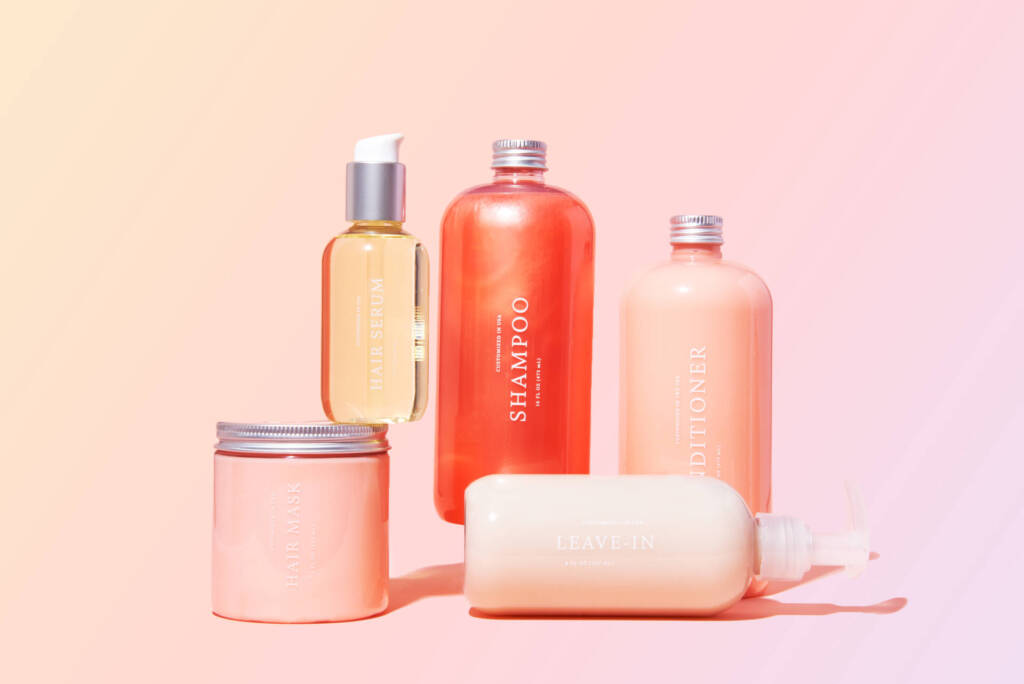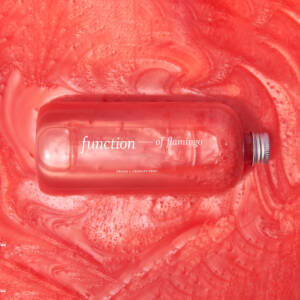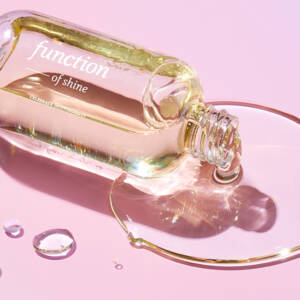The term ‘build-up’ probably sounds familiar. You might recognize it as hair care lingo somewhere in your mind but still might be wondering what exactly it is. Generally speaking, build-up is the accumulation of stuff (natural + added product) that accumulates on the hair shaft or scalp. Product build-up, specifically, speaks only to those added substances that gather there, rather than the natural bits like sebum (your scalp’s natural oil). There’s a lot to know about build-up and how to avoid or get rid of it, so we got our info straight from the source– The Lab.

You: Okay, so I use products. You’re saying they all build up?
Us: Not necessarily. Build-up is typically caused by film-forming ingredients. Some examples of those are mineral oil, petroleum, waxes, butters, heavy oils, and high molecular weight silicones (like dimethicone and amodimethicone). These types of ingredients are typically not water-soluble and resist rinsing off in the shower. So no, not all of your products build up, but some probably include a few of these ingredients and can cause build-up over time. PS- these ingredients aren’t bad or imperative to avoid, you just have to know that you need to assess + get rid of build-up from time to time and how to do so.
You: Are those ingredients in function products?
Us: Ingredients that can cause build-up are only selectable for function products that aren’t meant to be applied on or near the scalp, or are found in products that rinse out well. For products like leave-in and hair serum that stay in hair, we select ingredients that are lighter on your hair while still providing coating, conditioning, and moisture. For rinse out products like x and y..
You: What does build-up even look like?
Us: Your hair might experience very minor effects of build-up, like
Short-term greasiness
As most build-up is caused by oily ingredients, the beginnings of build-up can cause the hair shaft to look and feel oily, especially if sebum is continuously traveling along the hair.
Long-term dulling over time
As more build-up is created, less sebum has access to coat the hair well enough. At some point it will sit on your shaft and no longer provides enough benefit to your hair. Without as much sebum on your strands, your natural hair shine will show less and hair can look dull.
Inability to hold its natural shape
As product accumulation increases, hair is less likely to absorb moisture because it’s surface is blocked by product.
Or more serious effects, like
Dryness
Due to lack of moisture penetrating the hair shaft.
Breakage
As the hair dries out due to loss of moisture the hair shaft is weakened and can start to break.
Scalp irritation
The accumulation of sebum on your scalp can lead to redness and/or itchiness.
Flakiness
Excess sebum on the scalp can lead to fungi growth as the sebum and dead skin cells have nowhere to go with the layer of product build-up, causing your scalp to dry and flake.
Excessive hair loss
As accumulation continues to get worse on the scalp, the hair follicles almost become strangled to the point that the hair shaft is separated from the follicle and falls out.
You: So….what do I do?!
Us: Don’t worry, you can definitely avoid build-up. The best way is to cleanse your hair (with shampoo) frequently enough to reduce the amount of build-up that accumulates over time. How often that may be for you depends on your specific hair and preferences, but we normally recommend the following:

Aside from that, you can
Reduce the amount of products you use between cleanings
Essentially, keep your product use as light as possible while still using the things you need.
Use your wide-tooth comb in the shower to scrub with
Your dull-edged comb is the perfect tool to use while shampoo-ing or co-washing your hair to really get at your scalp and scrub! Take this in the shower with you the next time you want a deep clean.





